UNIT 1: THE EARLY MIDDLE AGES
UNIT 2: FEUDAL EUROPE
UNIT 3: AL ANDALUS
Our 2nd Students made a theatrical visit in English to this incredible medieval monument. They learned and enjoyed at the same time.
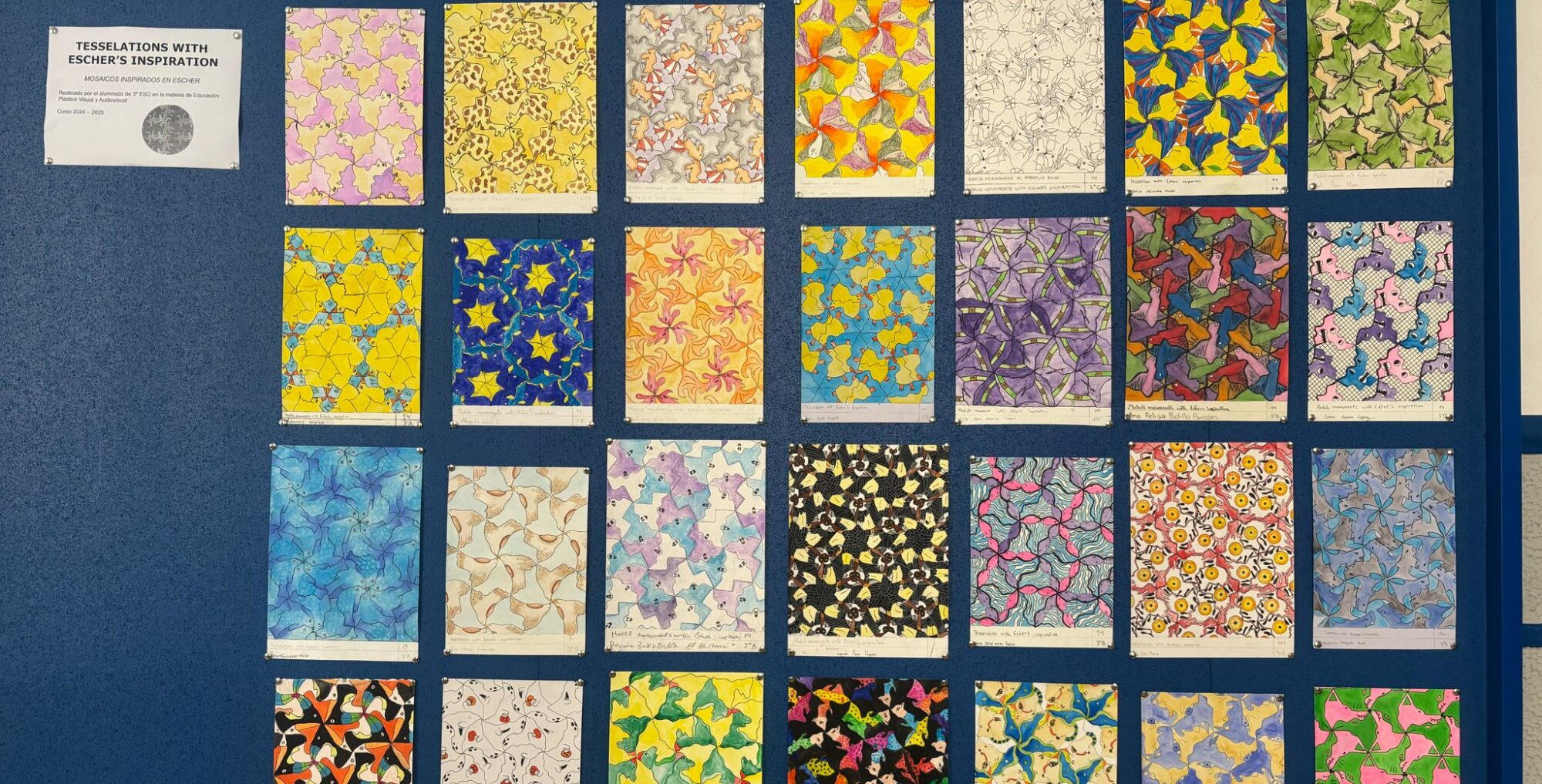
Celia Viñas Bilingual Learning Site
UNIT 1: THE EARLY MIDDLE AGES
UNIT 2: FEUDAL EUROPE
UNIT 3: AL ANDALUS
Our 2nd Students made a theatrical visit in English to this incredible medieval monument. They learned and enjoyed at the same time.
“UNIT 2. THE EARTH’S RELIEF”
UNIT 2. THE EARTH’S RELIEF
TASK: VOLCANOES CONTENT: VOLCANOES are cracks on the EARTH’S crust that allow materials from inside the Earth to escape at high temperatures.
Our students of 1st C made volcanoes and managed to erupt them.
https://photos.app.goo.gl/h6TkKcqj8y4zr6AF9
Remember, one of the best ways to enjoy learning a new language is watching films. Why don´t you start watching one of your favourite films again, but …in English?. Harry Potter, The Beauty and the Beast, Avengers, Matilda, The Lord of the Rings,etc.
Let´s try!
All content from The Lord of the Rings is property of New Line Cinema and is not intended for commercial use.
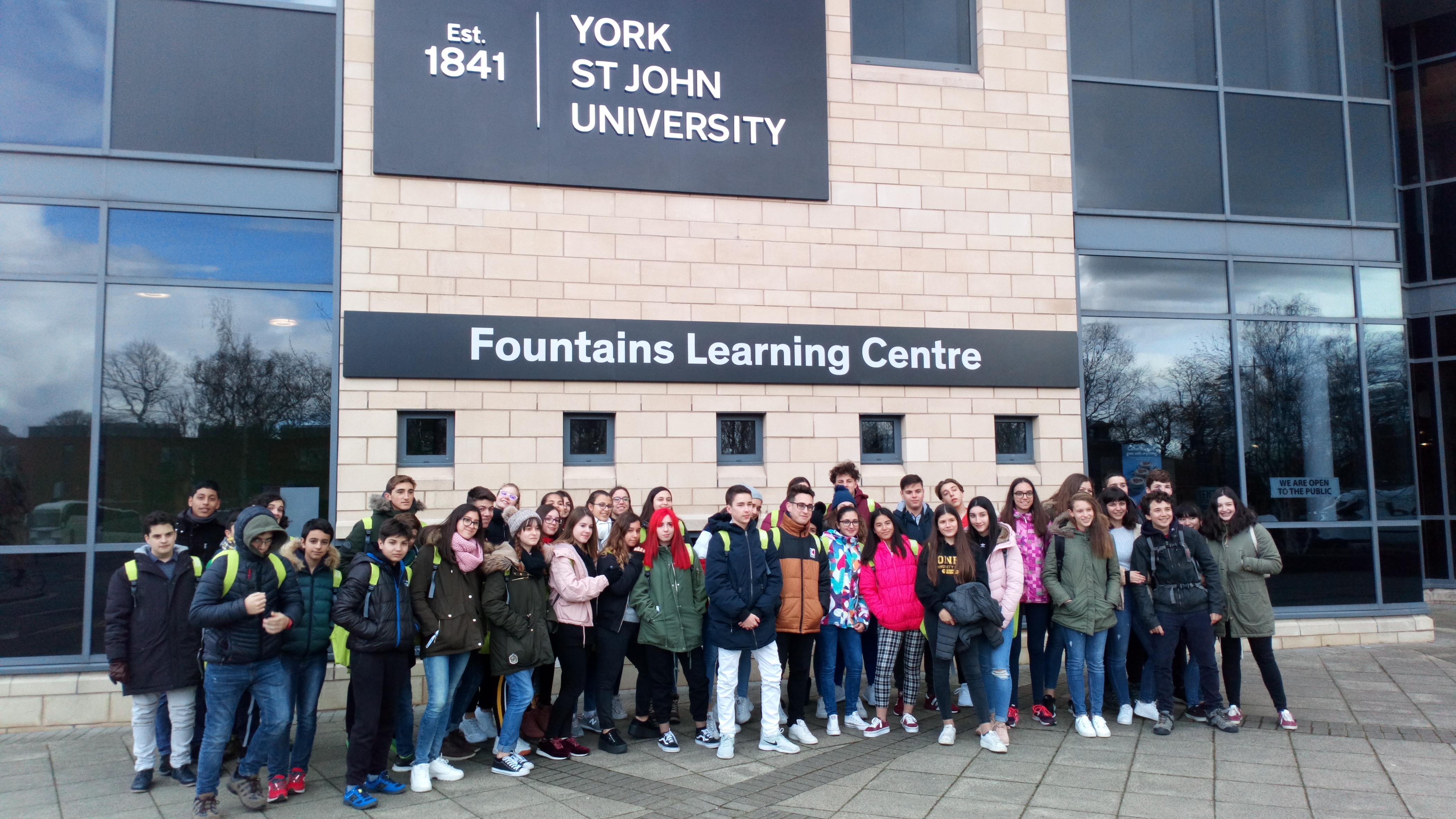
From 17th to 24 April ,a group of 35 ESO students stayed in York to attend classes and visit some of the most beautiful places in England. They lived with English host families to learn about their culture and practise their language. They also had time to visit York Minster, Liverpool and Scarbrough.
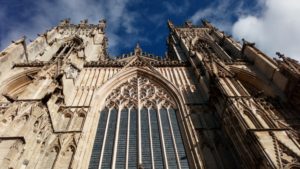
A great experience we would like to have again in the future.
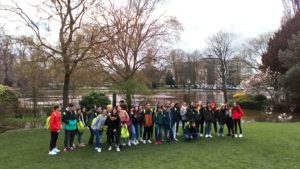
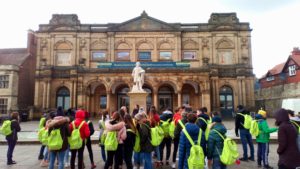
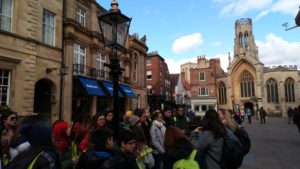
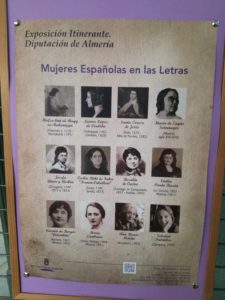
Our 2º ESO students have been reading about all the writers in the exhibition about Spanish women in Literature which took place in Celia Viñas and they have summed up facts about some of these relevant women.
MARÍA ZAMBRANO
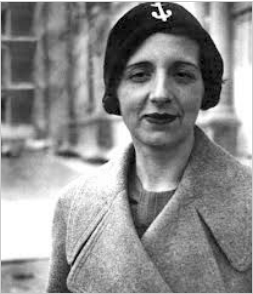
María Zambrano (Vélez , Málaga 1904 – Madrid 1991).
She got a degree in phylosophy and letters and she got married with Alfonso Rodríguez Aldave.She went to Chile when the Civil War started. She escaped to different countries and she wrote “La agonía de Europa” (in 1945) and “El hombre y lo divino” (in 1960) among others.
She came back to Spain in 1984 and four years later, she got the Cervantes Prize (in 1988).
Ana Hidalgo López , Lucía Cabo López and Luna Martín Rubio
SANTA TERESA DE JESÚS
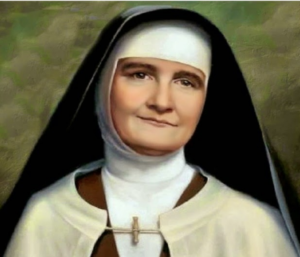
Santa Teresa de Jesús (Ávila, 1515 – Alba de Tormes, 1582) wrote “Libro de la Vida” (1562). There, she created a new form of women’s writing. In 1574, she sent to the Inquisitión her last version of her book “Libro de la Vida” to be examined. Writing was a dangerous job at that time.
Finally, she died on October 4, 1582. Now she is considered doctor of the Catholic Church and she was canonized on March 12, 1622.
(Lucía Ortega Martín, Claudia Manzano Estévez and Fatou Niang Diouf)
EMILIA PARDO BAZÁN
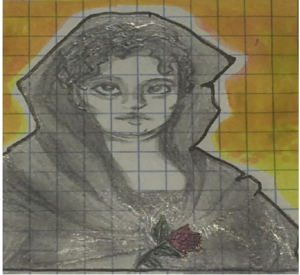
Emilia Pardo Bazán (La Coruña 1852.Madrid 1921) is a relevant representation of writers of her generation. Her most important works were “La cuestión palpitante” (1883) and “La revolución y la novela de Rusia” (1889). She also wrote a study about women and she founded “The Woman´s Library”. She wanted to bring culture to women.
(Lucía Merino,Lucía Arenas, Gema Martinez and Rebeca Martinez)
One of the features of our bilingual programme is that we are looking forward to trying new teaching methods to help our students to get a high level of English.
From 17th to 21st December we celebrated Christmas in our bilingual classes. We had a christmas cards contest and the winners were:
1ºESO: Rosa Mª Palenzuela (B)and Paqui Santiago (C)
2ºESO: Carla Pérez (B) and Lluna Vallejo (C)
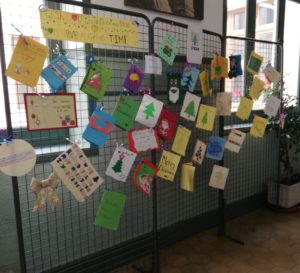
We also had a festival where our 1º ESO students danced ” All I want for Christmas is you” and our 2º ESO students played two Christmas stories (“The elves and the shoemaker” and “The first Christmas”. We finished that festival singing songs and carols. Our students had a great time and made a great effort preparing all these activities for two weeks.
Help Mr Bean with his Christmas shopping and enjoy watching him cooking the biggest turkey you have ever seen. Christmas is fun and Mr Bean is the best way to laugh.
Choirs of school children are very popular at Christmas. Let’s listen to “Emmanuel” sang by the choirs form Cheshire and the Wirral. They are amazing! Enjoy it!